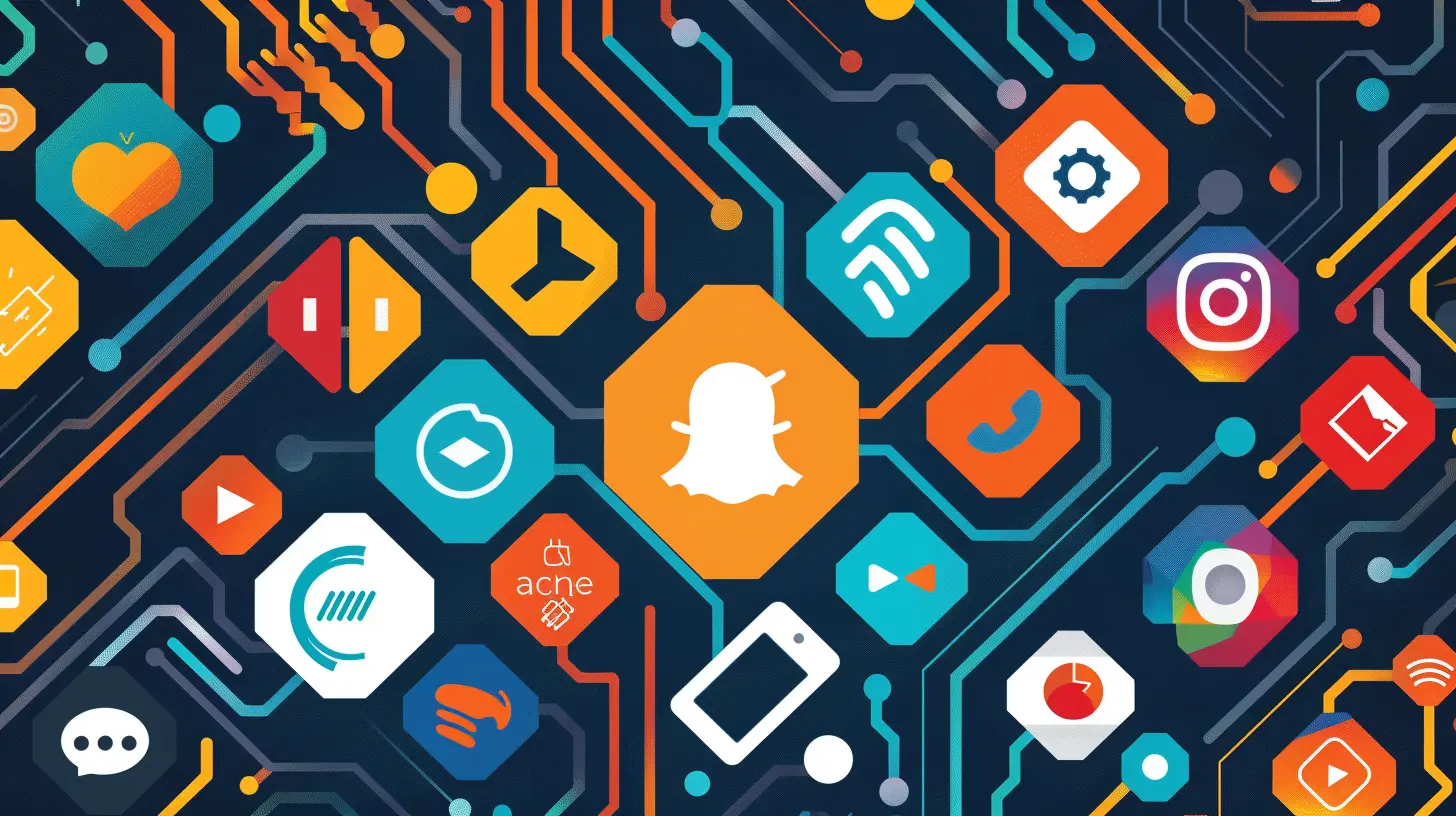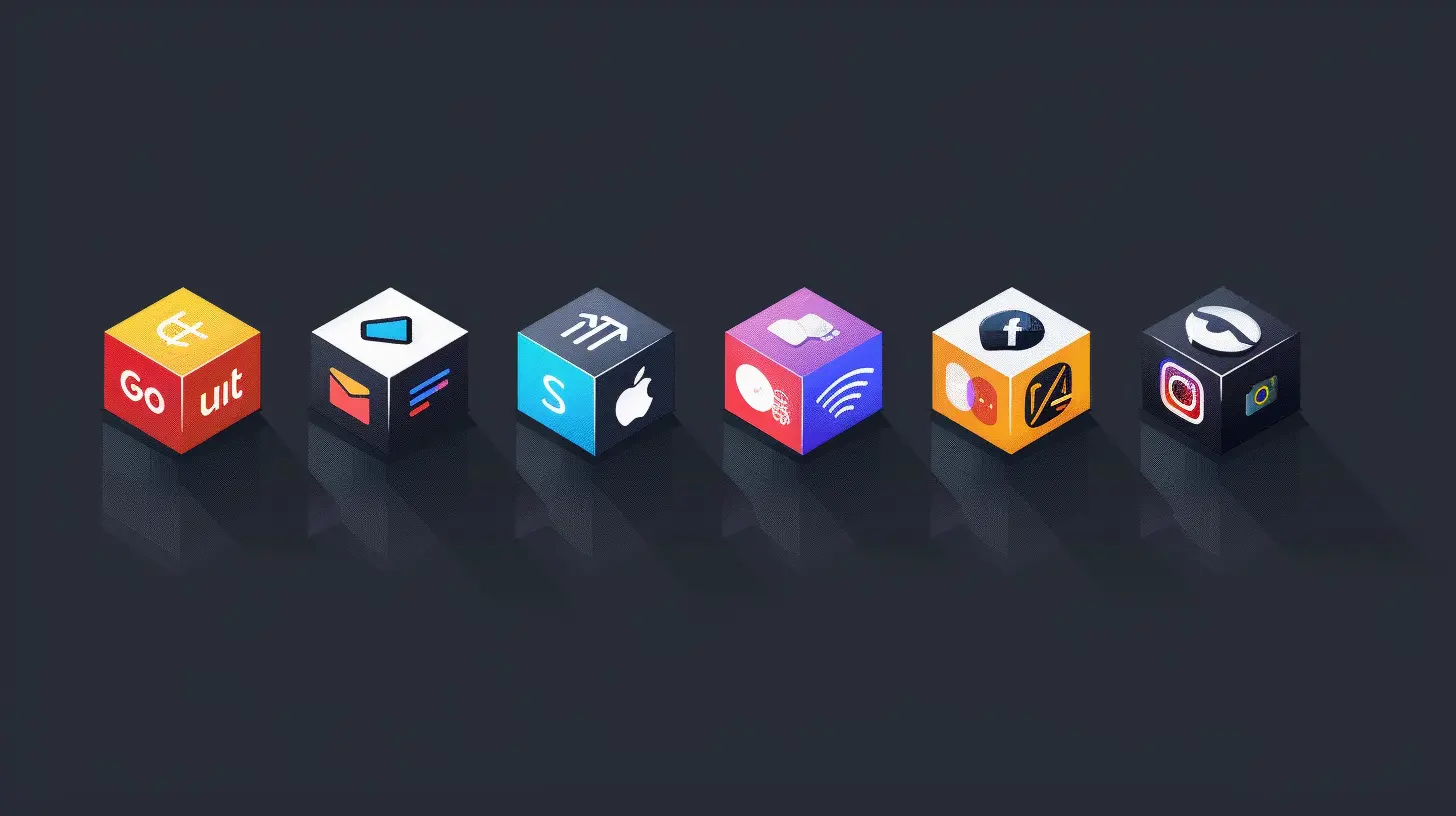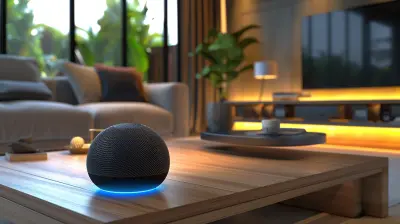Dart and Flutter: Building Cross-Platform Apps with Ease
31 October 2025
In the ever-evolving world of app development, finding the perfect balance between performance, speed, design, and time-to-market is like chasing a unicorn. Developers often struggle with choosing between native performance and development efficiency. But here’s the good news: that unicorn might just exist, and it’s wearing the colorful badge of Dart and Flutter.
If you're even remotely interested in building sleek, high-performance apps for both Android and iOS (and now even web and desktop), Dart and Flutter should totally be on your radar. So grab a coffee, sit back, and let’s dive into why this tech duo is making serious waves in the world of cross-platform development.
What Exactly are Dart and Flutter?
Let’s break it down.Flutter is Google’s open-source UI framework. It lets you build beautiful, natively compiled apps from a single codebase. Yup, you heard that right—write code once, and it works like magic on multiple platforms.
Dart, on the other hand, is the programming language behind Flutter. Think of Dart as the brains and Flutter as the face. Dart is optimized for UI, clean in its syntax, and super fast in performance.
Together, they make a killer combination for building apps that not only look good but also work seamlessly across multiple platforms.
Why Flutter is a Game-Changer for Cross-Platform Development
1. One Codebase, Multiple Platforms
Raise your hand if you’ve ever built an app for Android and then sighed at the thought of starting from scratch for iOS. With Flutter, you build once and deploy everywhere—Android, iOS, Web, Desktop, even Embedded devices. It’s a time-saver and a sanity-preserver.2. Native Performance Without the Hassle
Flutter doesn’t rely on WebViews or interpreters. It compiles to native ARM code using Dart, so you get close-to-native performance. Plus, it uses Skia—yes, the same graphics engine you’ll find in Chrome—to render every pixel. That means buttery-smooth animations and blazing-fast UI updates.3. Stunning UI? Say No More
Flutter is all about customization. Your imagination is the only limit here. Whether you want Material Design for Android or Cupertino-style widgets for iOS, Flutter’s got your back. And if you’re feeling spicy, you can build your own widgets from scratch. It’s more flexible than a yoga instructor.
Dart: The Unsung Hero Behind Flutter
Most people are like, “Wait, Dart? Never heard of it.” But let’s give Dart the applause it deserves.1. Designed for Front-End Devs
Dart is easy to pick up, especially if you're familiar with JavaScript, Java, or C#. It’s object-oriented, strongly typed, and it supports both just-in-time (JIT) and ahead-of-time (AOT) compilation modes. That means you get the best of both worlds—hot reloads during development and optimized performance in production.2. Speedy Development, Cleaner Code
Dart’s syntax is simple, its tooling is excellent, and it’s built to help you write bug-free, maintainable code. Thanks to its async/await support and its rich standard library, building responsive apps becomes way less of a headache.
Hot Reload: Yeah, That’s as Cool as It Sounds 🔥
One of Flutter’s most beloved features is Hot Reload. Imagine making changes to your UI and instantly seeing those updates reflected on the screen—without restarting the app. It’s like having an undo button for your code. Hot reload is a productivity booster, allowing you to test and tweak in real-time.State Management: Let’s Talk Business
Managing state in apps can quickly become a tangled mess. Flutter helps you keep things clean with multiple state management solutions including Provider, Bloc, Riverpod, MobX, and more.Each has its pros and cons, and the choice depends on the complexity of your app. For beginners, Provider is a great starting point—easy to understand and backed by the Flutter team. For larger apps with more moving parts, Bloc or Riverpod gives you more control.
Flutter Dev Ecosystem: It’s Thriving
Google is actively pushing Flutter forward, and the community around it is buzzing. From rich documentation and YouTube tutorials to extensive libraries and packages on pub.dev, you're never alone when you're coding with Flutter.Need Firebase integration? There’s a package.
Need augmented reality? There’s a plugin.
Need to connect to Bluetooth? You guessed it—there’s a solution for that too.
The point is, the ecosystem is growing, and fast.
Cross-Platform UI Without Compromise
A common concern about cross-platform frameworks is that apps tend to look… generic. But Flutter? Nope. It renders every pixel on its canvas. That means consistent UI and UX across platforms. You’re not relying on platform-specific components—you’re creating your own.So whether your user is on a Galaxy S21 or an iPhone 13, the experience will be slick, fluid, and consistent.
Real-World Examples: Who’s Using Flutter?
Still skeptical? Let’s throw in some big names:- Google Ads: Yep, Google uses Flutter for its own products.
- Alibaba: Their Xianyu app, used by millions, is built with Flutter.
- Reflectly: A beautiful mindfulness app, rich in animations, is Flutter-powered.
- BMW: They’re driving the innovation highway using Flutter.
These aren’t side projects—these are production-grade apps used by millions globally. That’s some solid street cred.
Web and Desktop with Flutter: The Future is Now
With Flutter 3.0 and beyond, the framework has truly gone multi-platform. You can now compile your app to the web or to desktop platforms like Windows, macOS, and Linux. The same codebase. The same slick UI. Fewer headaches.Imagine building an app without juggling different codebases for phones, tablets, laptops, and browsers. That’s not just convenient—it’s a superpower.
Testing, Debugging, and Dev Tools
Flutter doesn’t slack off when it comes to dev tools. With Flutter DevTools, you get performance profiling, network tracking, layout inspection, and more. Add the robust testing ecosystem (unit, widget, and integration tests), and you’re set for a smooth development lifecycle.Oh, and let’s not forget about DartPad—an online playground to experiment with Dart code. Perfect for quick tests or learning on the go.
Challenges? Sure. But They’re Getting Solved
No technology is without its quirks. Dart isn’t as widely adopted as JavaScript or Python. And integrating with native modules can sometimes be a bit of a puzzle. But you know what? The Flutter team is on it. With every new release, it’s getting more mature, feature-rich, and stable.The learning curve is also quite friendly, especially with the wealth of tutorials, community forums, and open-source projects to lean on.
When Should You Choose Flutter?
Flutter is a no-brainer if:- You're building for multiple platforms
- You want pixel-perfect designs
- You love fast iteration
- You’re tight on time and resources
- You need native performance without writing native code
If your team's already comfortable with Dart or willing to learn it, you're halfway there.
The Final Word
Dart and Flutter are not just buzzwords—they’re the real deal. Whether you're a solo indie developer, a startup founder, or part of a large enterprise team, Flutter brings speed, performance, flexibility, and joy into the development process. It's like getting a full-featured toolbox while only needing to use half the tools.With Google’s backing and a thriving community, Flutter is poised to play a big role in shaping the future of cross-platform development. So, why not give it a spin? You might just fall in love with building apps all over again.
all images in this post were generated using AI tools
Category:
Coding LanguagesAuthor:

Pierre McCord
Discussion
rate this article
1 comments
Mia Monroe
Dart and Flutter simplify cross-platform app development by offering a single codebase for both iOS and Android. With a rich set of widgets and hot reload capabilities, developers can create visually stunning, high-performance applications efficiently, enhancing productivity and user experience.
November 1, 2025 at 3:26 PM

Pierre McCord
Thank you for your insightful comment! Indeed, Dart and Flutter streamline the development process, making it easier for developers to create beautiful, high-performance apps for both iOS and Android.


